Portfolio
Digital | Audio | Project Management
Digital
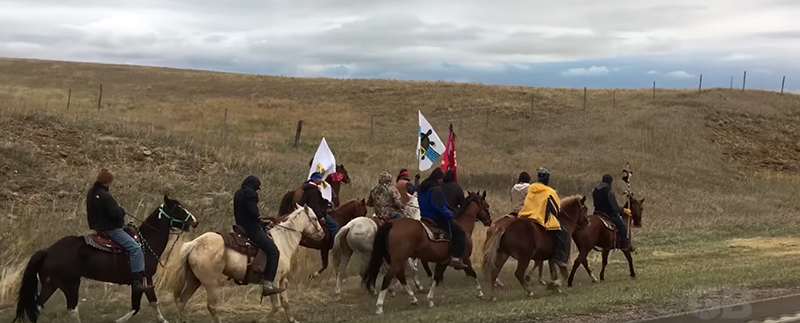
Faces and voices from the stand at Standing Rock
Managing several filmmakers-in-residence, I directed and produced this video for Reveal.

Looks are deceiving in Chinese town that was US e-waste dumping site
I edited this story for our “America’s digital dumping ground” project.

Decoding the language of discrimination
I used JuxtaposeJS to create an interactive post that highlighed the code words and phrases temp agencies used to discriminate against job applicants based on race and gender. Can you decipher what terms like “small hands” or “code 3” meant?
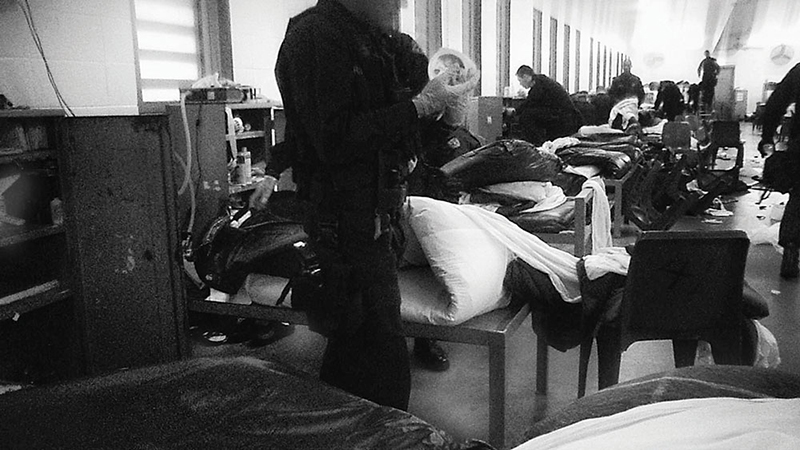
The culture within: Shane Bauer takes us inside a private prison
I interviewed reporter Shane Bauer for a piece that accompanied the radio version of his deeply revelatory investigation of the private prison industry. My story examined what life is like for people on both sides of the bars.
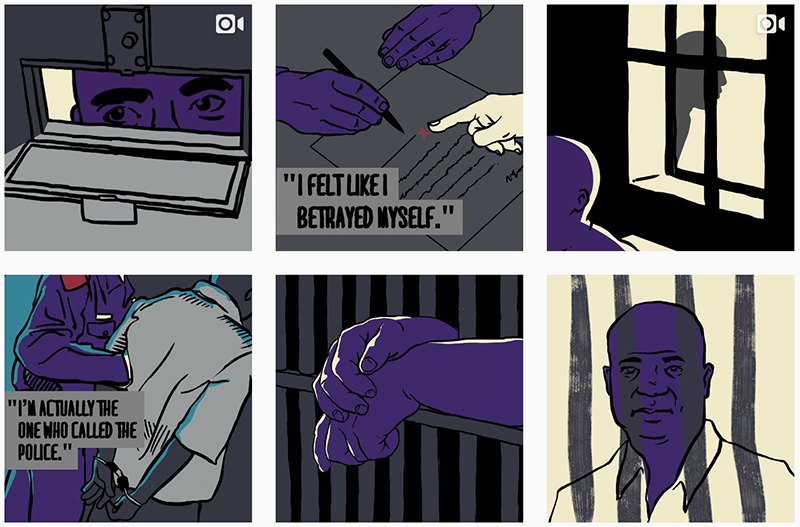
Bad deals: The perils of bargaining for justice
I coordinated the production and promotion of a serialized, longform investigation on Instagram. The story was first published on the photo-sharing app and then posted, in whole, on our website.
Working with Editor-in-Chief Amy Pyle, the story was split up into 21 chapters – a chapter for every year since Rodney Roberts was convicted in 1996. We rolled out three chapters a day for seven days straight.
By the end of the experiment, we picked up 706 likes and saw a 53 percent growth in followers.

From A to Zika
Working with a template in Audition, I used audio from our radio promos and episode art to produce a quick – and beautiful – “audiogram” to use on our social channels.
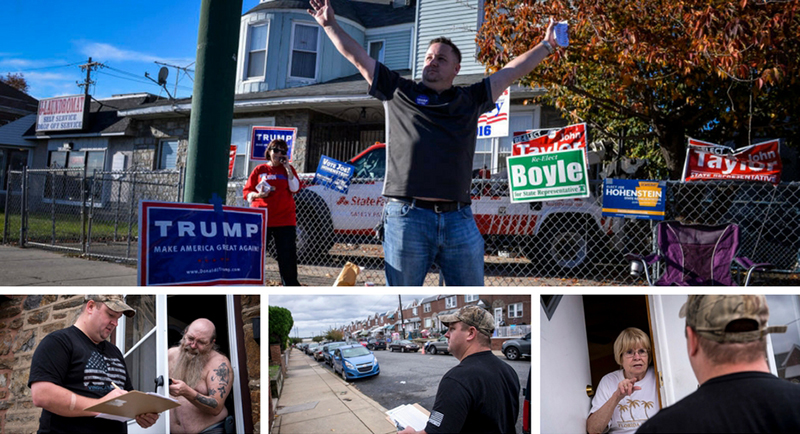
The man who saw Donald Trump’s victory coming
This was a fun project I came up with after learning we had a cache of photos we didn’t use from election night. I thought Steve Walls had an interesting story to tell and we had the photos to tell it. I worked with reporter Laura Starecheski, who shadowed Steve on the last leg of his journey to make Donald Trump president, to select photos, identify key quotes and fact check.
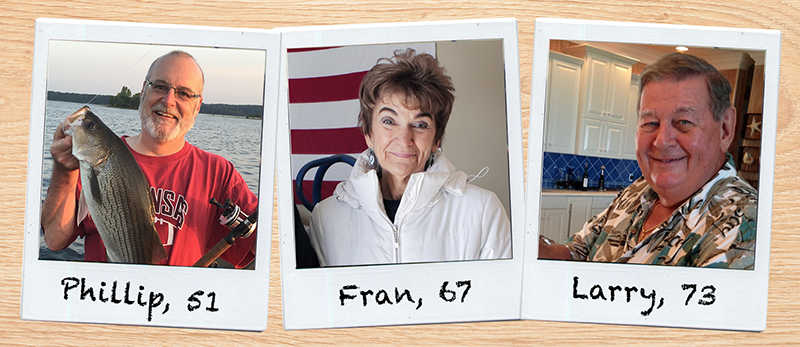
Portraits of a Trump supporter
I worked closely with news applications developer Scott Pham, and other data team members, to build this interactive. I reported and wrote the story, selected the sound bites and photos, and helped to design and conceptualize the interactions.
This story was a part of a larger look at Donald Trump supporters – who they are and why they support him.

Interactive: For disabled patients, an endless cycle of abuse
This interactive accompanied Reveal and New Hampshire Public Radio’s larger investigation into the history of abuse and neglect at a network of family-run neurorehab centers. It takes a deeper look at the major players uncovered while reporting the story, and displays their connections with one another.
I worked with developer Julia Smith to conceptualize the design and functionality of the interactive, and artist Anna Vignet on the illustrations. I also worked closely with lead reporters Laura Starecheski and NHPR’s Jack Rodolico to write and edit the graphic’s narrative. One of my goals for this project was to make sure that each character’s story stood well alone and as a slice of the larger piece.
Bonus: An iframed version of the timeline was distributed to 200+ radio stations to include on their websites alongside the radio investigation.
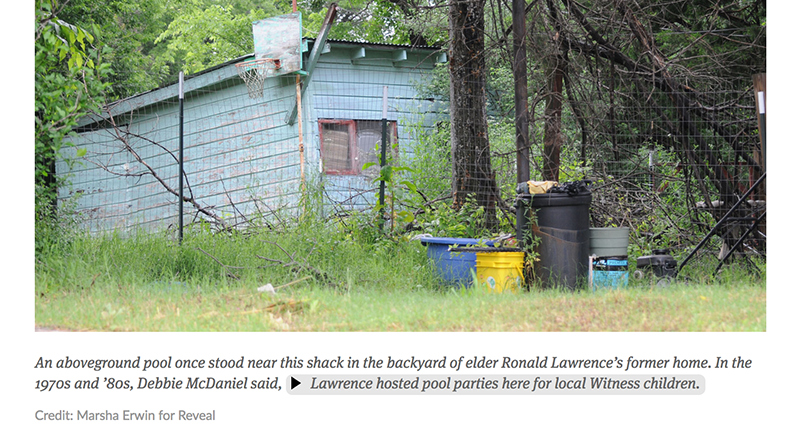
Jehovah’s Witnesses cover up child sex abuse and oust a victim
Utilizing audio from the radio piece, I used SoundCite to enhance the online version of Trey Bundy’s investigation. I selected photos that best accompanied the audio (and vice versa) and wrote cutlines to set up the sound bites.
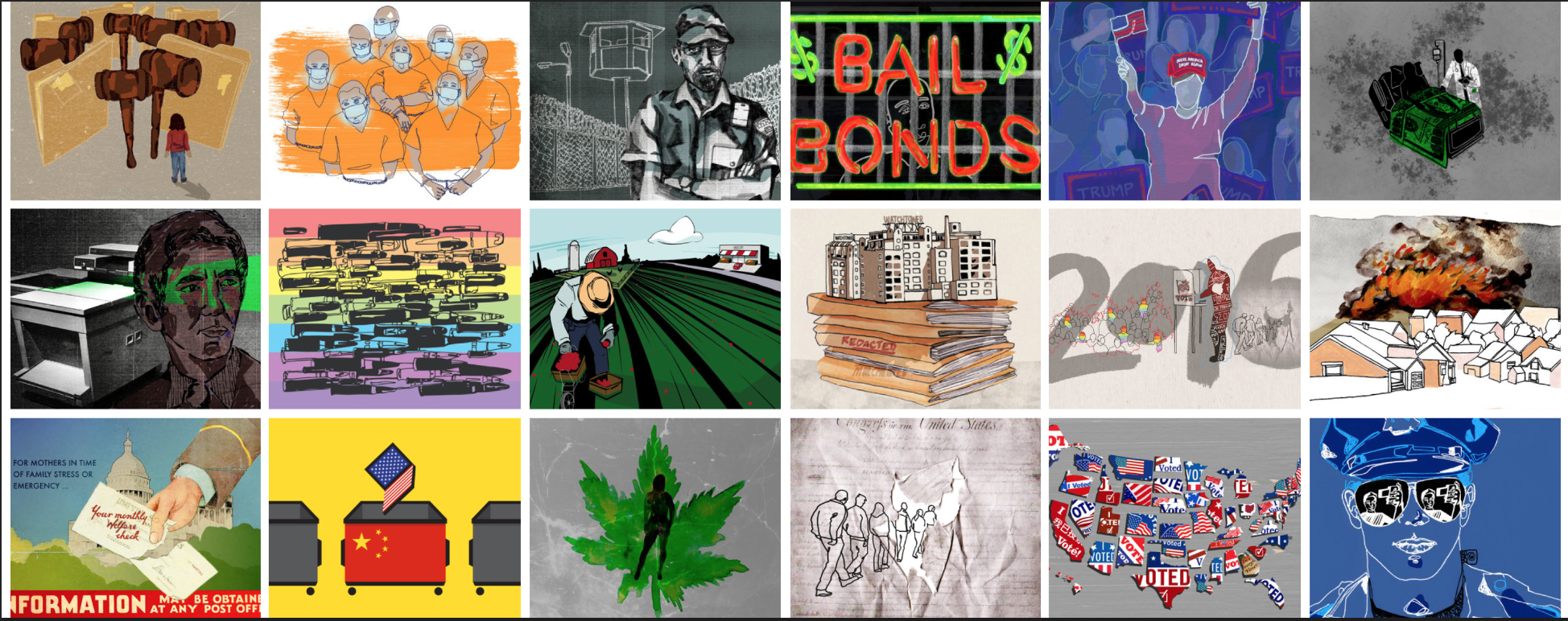
Episode illustrations
I hire and direct a talented stable of artists and illustrators to create original artwork for every episode of Reveal.
Audio
America’s digital dumping ground
I was the lead producer on this episode and produced the opening segment.
I interviewed workers and customers at Greenmouse Recycling, conducted field recordings, wrote the scripts and worked with our engineers to record Al and produce the episode in Pro Tools.
The year in Reveal
I produced this episode and developed the community engagement campaign that went into putting it together.
I worked with our engagement lead to seed the campaign and used the resulting listener feedback to decide which stories to discuss and/or revisit. I was then able to work their responses into the show, online and in our newsletter. I wrote the scripts and worked with our engineers to record Al and produce the episode in Pro Tools.
After Orlando
This show was the first time we turned around an episode in a week – and with that came quick thinking and production. We were able to memorialize the victims by using snippets of their lives found on social media as vignettes heard throughout the hour. I produced these vignettes and coordinated with the San Francisco Gay Men’s Chorus to use their stirring tribute for the top of the show.
New day dawning on the night shift
I was the lead producer on this episode and produced the updates. This production included new sound and interviews from a rally of workers, activists and legislators at the California State Capitol – an event that was sparked, in part, by Reveal’s investigation Rape on the Night Shift; working with freelance reporter Sandra Bartlett to update her story about “Disposable workers in Asia;” and producing a new story from our partners at the Houston Chronicle that looked at a black market of undocumented workers used to supply Chinese restaurants all over the U.S.
Another look at the perilous price of American energy
I was the lead producer on this episode and produced the updates. These updates included new sound and interviews from the StoryWorks play, “North by Inferno” – a stage production inspired by Reveal’s investigation of North Dakota’s Bakken oil boom; working with KUOW reporter Ashley to update her story about “Tracking oil trains;” and reaching out to reporter Michael Corey and StateImpact Oklahoma’s Joe Wertz to update their investigation into man-made earthquakes.
Farm to fork
Along with the digital pieces that accompanied this episode, I produced the opening segment and provided production assistance for Katherine Mieszkowski’s salmonella story.
I researched and interviewed workers at the San Francisco Wholesale Produce marketplace, conducted field recordings, prepped host Al Letson on the scene, wrote the scripts and worked with engineer Jim Briggs to record Al and produce the story in Pro Tools.
One thing leads to another
I was the lead producer on this episode. The Executive Producer and I worked together to pick three major investigations that aired on Reveal (up until that point in 2015) to update. My role in this production was to work with the original reporters and their stories, and produce their segments.
Project Management
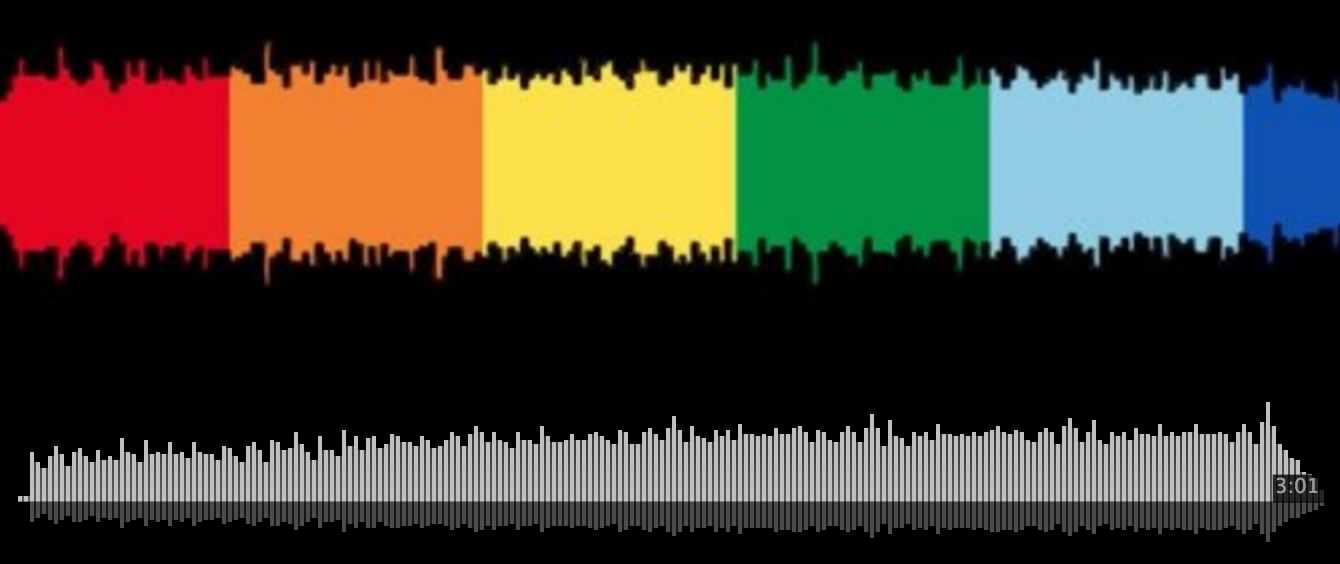
After Orlando
In June, the nation was stunned by the mass shooting at the Pulse nightclub in Orlando, Florida. We decided to jump on this major story for the radio show – it would be the first time we produced an episode in less than a week.
I led and coordinated our audio, digital and engagement strategies which included the production of vignettes that memorialized victims using snippets of their lives found on social media; the radio team and the data team worked together to produce a sonic memorial using data sonification, Scott and I took a look at the lone wolf phenomena using a report from the Southern Poverty Law Center; and on our social channels, we shared stories about mass shootings in America.
On the community engagement front, we worked with Hearken to seed the question, “What do you want to know about mass shootings in America?” – a campaign that is now helping us pursue audience-powered investigations.
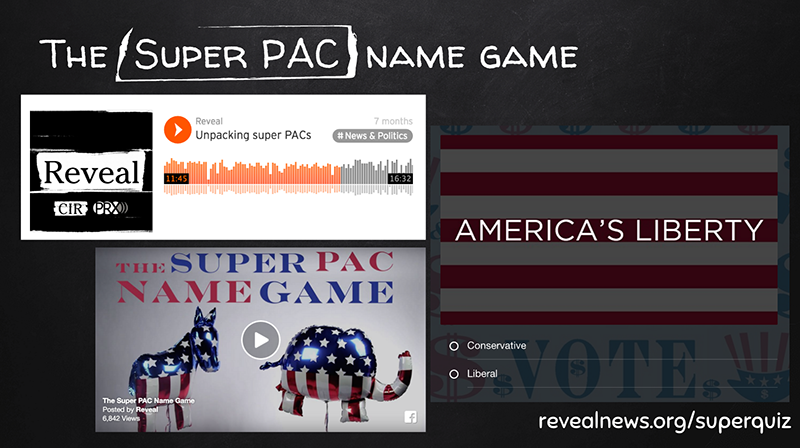
When Mad Men meet dark money
In the show, one of our producers and host Al Letson played “The Super Pac Name Game” in which Al had to guess the political affiliations of super pacs based solely on its name. The production of this really inspired the digital strategy for me.
What we ended up doing felt like a holistic way to engage audience members across platforms. On social we had a video that featured our staffers playing the game with a callout link that brought viewers to a quiz on our website where they could test themselves. The quiz then pointed back to the episode to learn more – and the show, in turn, promoted the online quiz. So whether people were listening to the podcast, engaging on social, or landing on the quiz page, the experience was built to be connected but not redundant.

Left for dead
I helped to coordinate and manage this massive investigation. Reveal’s in-depth look at how the U.S. fails missing and unidentified people was a truly multimedia effort. It took shape in a longform text piece, a serialialized web documentary, a radio hour, community engagement initiatives, and a news app.